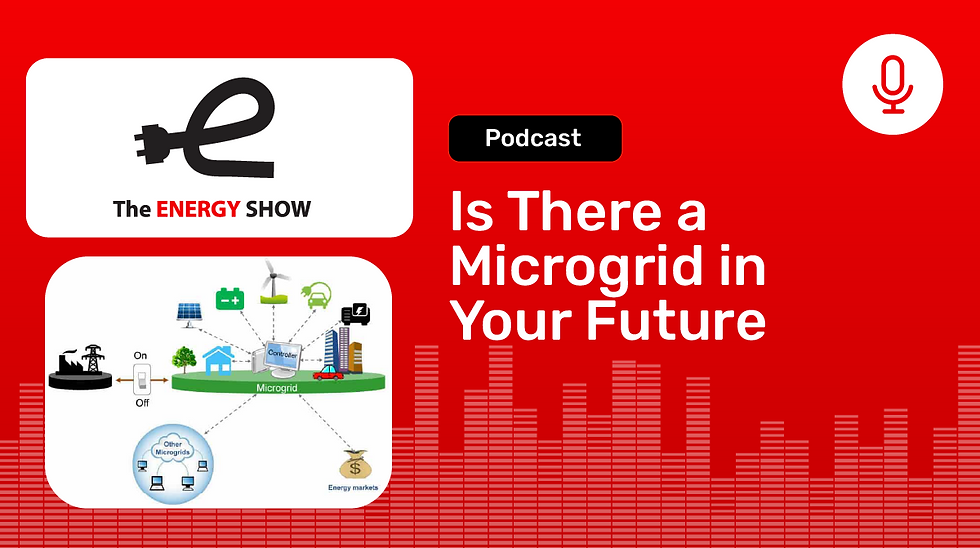
You know what they say: “Video killed the radio star.” Well I’m going out on a limb and adding video to this week’s podcast. But since my fans say I have a perfect face for radio, I’m not worried that this video podcast will affect my Arbitron ratings. Nevertheless, my guests on this video podcast are much more telegenic, so I encourage you to click through to this video link.
A few months ago I had the pleasure of organizing and moderating a panel discussion about microgrids for the MIT Club of Northern California. Basically, a microgrid is a combination of solar, batteries, inverters, software and control electronics that allow customers — both residential and commercial -- to operate independently of the grid. Interest in microgrids is skyrocketing for two reasons. First, the grid is becoming less reliable, while at the same time our society is becoming more dependent on electricity. Second, time of use electric rates now peak in late afternoons and evenings, making it much more profitable to store daytime solar generation in a battery and using that energy during peak electric periods.
There are four factors limiting the growth of the microgrid industry: 1. The first is good energy policy that makes the economics of microgrids work for customers. Bernadette Del Chiaro, Executive Director of the California Solar Storage Association, joined us on this panel. Without a doubt, Bernadette is one of the best solar and battery policy experts in the entire country. 2. Next we need functional and affordable batteries. Peter Gibson, the head of North America Energy Storage Solutions for LG Chem, is the battery expert. LG Chem is one of the biggest battery manufacturers in the world. Their residential battery storage products are in such demand that they cannot make them fast enough. 3. Inverters are the heart of a microgrid. Lior Handelsman, Co-Founder of SolarEdge, shared his insights into the future of microgrids powered by smart inverters. In the way of background, SolarEdge is the inverter market leader, and has done a terrific job with software that is critical to successful microgrids. 4. Finally, cooperation from electric utilities is key to the widespread adoption of microgrids. New Community Choice Aggregation utilities have the potential to lead the way; the CEO of Peninsula Clean Energy, Jan Pepper, joined us. And I was especially happy to include another spice in our discussions.
Listen up to this Week’s Energy show to learn about how each of these industry leaders are working today to deliver migrogrids to both residential and commercial customers. Please click through to this video link for the entire MIT Microgrids panel discussion.

Comments